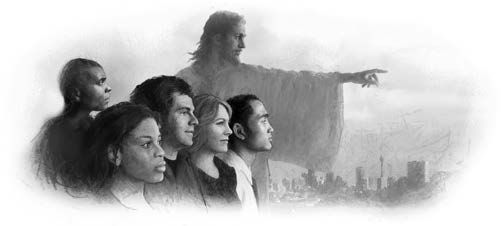A well-dressed woman drove her car into the parking garage of the Seventh-day Adventist Church’s Upper Magdalena Conference in Bogota, Colombia. “Are you Christians?” she asked the parking attendant.
“Yes,” replied 52-year-old Ruben Campos.
“Which religion are you?” she asked.
“We are Seventh-day Adventists,” he said. “Can we help you?”
“Someone told me that Adventists don’t like to help others,” she said.
Ruben was surprised. “Let us help you,” he said. “We’re ready to serve.”
The woman asked if she could park her car in the church parking garage. Her apartment was nearby, but it didn’t have any parking, and she didn’t feel safe leaving her car in the street at night.
“Yes, you can park here,” Ruben said.
“How much would it cost?” she asked.
“It won’t cost you anything,” Ruben said. “It will be our gift to you.”
“Thank you!” the woman exclaimed. “Can I give you a hug?”
That night, the woman left her car in the parking garage. She returned the next night. On the third night, she asked Ruben for a Bible.
Then the two started studying the Bible. Ruben brought her a chair, and he sat in his booth as they studied. After a month, the woman said she wanted to introduce Ruben to her husband. She called from her cell phone. “It’s with him that I’m studying the Bible, and I want to be baptized,” she said.
The woman’s husband was a senior Colombian military officer, and he was on a temporary assignment abroad. He told Ruben that he also wanted Bible studies. “We can start when I return to Colombia,” he said.
Ruben may have been the happiest parking attendant in Colombia when the woman was baptized in a Seventh-day Adventist church in Bogota. He is now waiting for her husband to return to the country for Bible studies.
Jesus engaged in mission outreach by serving others. He said, “The Son of Man did not come to be served, but to serve” (Matt. 20:28, NKJV).Ruben is seeking to follow His example.
“We can have an impact on many lives if we only serve,” said Ruben, who has worked as a parking attendant for eight years. “Somebody could come to you soon. You have to be ready to serve no matter who or where that person is.”
Thank you for your Thirteenth Sabbath Offering that helped two mission outreach projects in Colombia last quarter.

